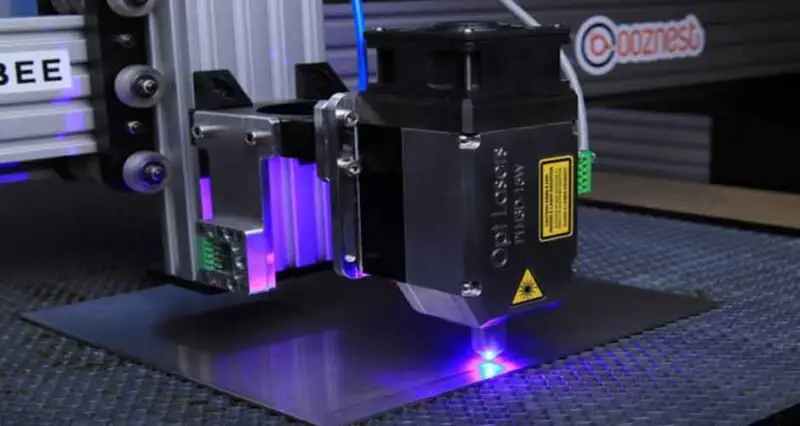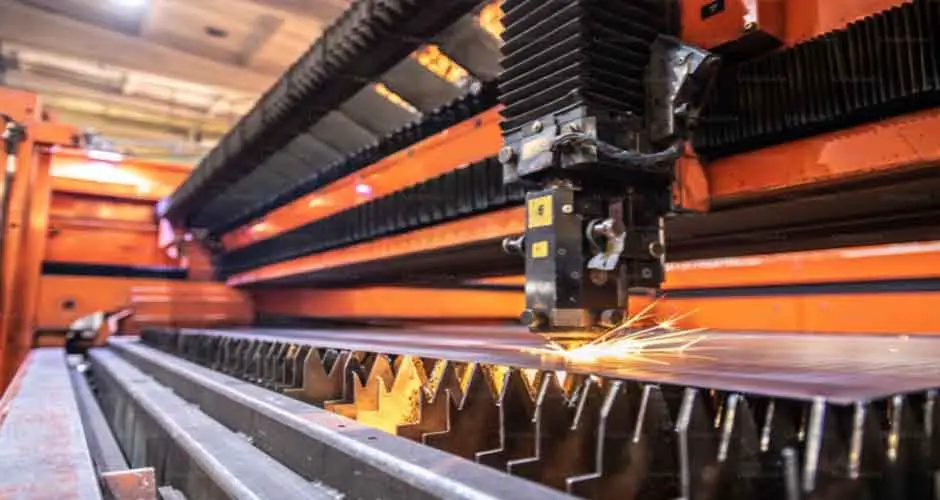
In the world of modern medicine and material science, technological advancements continue to spearhead new frontiers, solving problems and pushing boundaries that were once deemed impenetrable. Enter laser ablation, a process that has revolutionized precision surgery, metal cleaning, and numerous scientific applications. In this comprehensive guide, we’ll laser in on the multifaceted world of laser ablation, illuminating its uses, benefits, and the ripple effect on varied industries. Whether you’re a seasoned medical practitioner, a prospective patient, or a curious researcher, the information here is carefully attuned to demystify and deliver the critical insights you seek.
Laser Cleaning Services Utilize Ablation Technology
Laser ablation, as a concept, is relatively straightforward—it involves the removal of material from a solid (or occasionally liquid) surface where photon energy, typically in the form of a laser, imparts the necessary thrust. The result is clean and precise, leaving no traces of residue. In the context of laser cleaning services, this method has become the gold standard for meticulous restoration, especially in the conservation of priceless artifacts that could fall victim to the harsh effects of chemical solvents. The technology provides a non-contact and non-abrasive cleaning solution that respects the substrate’s integrity. For medical devices that must adhere to the strictest standards of sterilization, laser ablation is impressive, ensuring maintenance without the risk of contamination.
Versatility in Application
The laser’s adaptability doesn’t stop at cleaning. It’s a chameleon of interventions across fields. In medicine, it is the scalpel of choice in procedures ranging from dermatological surgeries to eye care, where precision is paramount. Beyond the operating theater, it has outlined its utility in altering the surface properties of materials, enabling coatings for improved corrosion resistance, and even delicately tweaking the texture of a plastic to accept a label. Its versatility also extends to research, with applications in mass spectrometry and elemental analysis, where laser ablation is indispensable for understanding the composition and nature of unknown substances.
Minimal Physical Impact
Perhaps one of the most lauded advantages of the laser ablation procedure is its minimally invasive nature. In the context of medical or biological applications, this translates to a reduced risk of complications, and faster recovery times, and often—though not always—can mean a less expensive and less arduous experience for the patient. Materials processed with laser ablation retain their structural integrity, without the rough edges and warping that can occur with traditional subtractive processes. This attribute is pivotal not only in human health but also in the durability and lifespan of industrial components and electronics.

Environmentally Friendly
With a world increasingly pivoting towards sustainability, laser ablation shines as an eco-friendly solution. The process typically does not require the use of harsh chemicals, a boon for both human health and the environment. Laser ablation also reduces the need for water-intensive cleaning and cooling systems that traditional methods often necessitate. In the grand orchestra of green technology, it harmoniously plays a role in reducing the carbon footprint, particularly in industries where conservation is a key concern.
The laser ablation procedure epitomizes the intersection of precision engineering, advanced physics, and innovative solutions to age-old challenges. Its capacity to cleanse, craft, and cauterize materials with such finesse and focus is a testament to human ingenuity. As we stride inexorably into the era of high-tech and high-touch healthcare and manufacturing, laser ablation stands as a beacon, offering us a glimpse into a future where meticulousness need not oppose progress, but instead, propel it forward.

